Abstract:
Human-wildlife conflict (HWC) involving megafauna is a global conservation concern. In the tropical lowlands of Nepal (Terai), the megafauna populations are increasing due to successful conservation efforts, introducing the potential for greater HWC. We analyzed the spatio-temporal trend of reported HWC incidents from 2013 to 2022 in the buffer zones of Bardia and Chitwan National Parks in the Terai. Of the total 14,989 reported HWC incidents, crop raiding (n = 8,129) and livestock depredation (n = 4,611) were the most common. Elephants were responsible for 42.8% of all incidents. Total HWC incidents increased over the 10-year period, and there was a significant association between total population estimates of rhino and tiger and total HWC incidents involving those species. At the site level, this association held except for rhino HWC in Bardia. Similarly, incidents of livestock depredation driven by leopard and tiger, and crop damage incidents from elephant, rhino, and boar, increased over the study period. In contrast, property damage—exclusively by elephants—remained relatively stable in Chitwan but decreased in Bardia, possibly reflecting seasonal and transboundary movement patterns of elephants, or the effectiveness of targeted mitigation measures that have reduced elephant intrusions into settlements. Conflict hotspots—defined as the wards in the top quantile of HWC incidents— ndicated priority areas for focused mitigation and remedial efforts. Habitat restoration in the buffer zones and corridors outside PAs could potentially mitigate HWC, but it might simultaneously export HWC to new areas outside the PAs. Targeted community-based mitigation measures should be implemented in the peak raiding periods, and predator-proof sheds would reduce livestock losses; both initiatives require substantial external financial support. Finally, the widespread adoption of livestock insurance that responds to spatiotemporal risk should be considered, along with funding and coordination by government and conservation organizations. Overall, the evidence suggests that successful megafauna conservation may be associated with increased HWC. Nevertheless, our findings offer practical insights to guide species-specific conflict mitigation and HWC management in tropical landscapes where megafauna populations are recovering, and conflicts are intensifying.
Neupane, B., Jamaludin, J., Gautam, A.P., Schmidt-Vogt, D., Hogarth, N.J. & Webb, E.L. (2025). Balancing act: navigating increasing human–wildlife conflict amidst megafauna recovery in the tropical lowlands of Nepal. Scientific Reports, 15, 31201. https://doi.org/10.1038/s41598-025-16707-w

